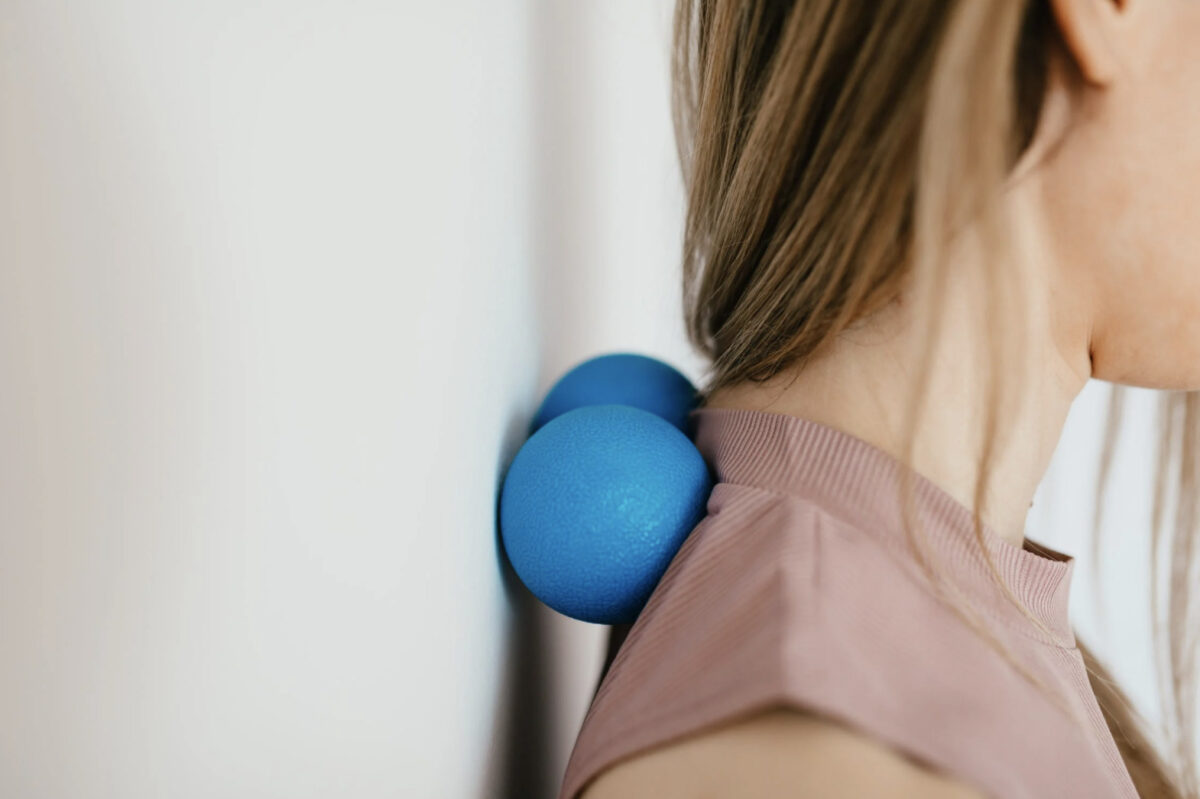Dr. Tamara Kung, ND
If you have been fortunate enough to feel the after-burn following an unexpectedly long adventurous walk, an intense cardio blast class, or from working out with your trainer, you have had the privilege of meeting some friendly inflammation. This physical microdamage triggers your immune cells to activate acute (momentary) inflammation so that your body can heal. This is where you reap the benefits of your actions, making the time spent in recovery key to making progress in your fitness goals. The influx of immune cells and fluid to the damaged area causes pressure on surrounding nerves which lead to familiar soreness. It is also these immune cells that are responsible for muscle regeneration, and repair.
As you perform a workout, your muscles get fatigued and your strength within that session will decrease as a result. Studies show that after a bout of exercise that decreases in session strength by 20%, it can take up to two days to recover full strength. For those workouts that decrease in session strength by 50%, it can take up to seven days to recover. Having a recovery plan is important to protect ourselves from injury and give yourself sufficient time to get back into it.
The more we exercise however, the better our muscles can adapt, and recover more quickly as your body learns to better control the inflammation. So, if you’re just starting, know that you can work up to it slowly.
And as annoying as it is to be reminded of this process with each tender step you take down the stairs, it is a helpful kind of inflammation which leads to muscle growth, fat loss, insulin sensitivity (because of more muscle tissue to take in glucose), and reduces chronic inflammation for the long run. Which ties into better health and protection from some of our major diseases.
Even if you are not exercising, this process can occur daily unbeknownst to us.
Physical damage that triggers our immune system also comes from added sugars, processed foods, sleep deprivation, and new science is showing, even loneliness. When we put this kind of exposure on our bodies and minds, nonstop, we are causing sustained, unrelenting damage to our body. This can lead to joint pain, and conditions such as arthritis, and headaches, and more general feeling of fatigue, as your body goes through this extended wear and tear. It also impairs physical performance.
This is the wrong kind of inflammation!
By tapping into the foundations of health, enjoying real, colourful foods, treating your sleep as precious, and getting yourself out there with friends and family, we can swing the detrimental impacts of inflammation to work in our favour. The key is to keep it acute, momentary, and then recover to allow it to turn off.
So, if you have soreness from good old exercise or movement, let yourself recover and reap the benefits. Speak with an expert on the types of recovery that may suit you and your goals best! Also know that the more you move, the more quickly your muscles can bounce back. Tie in eating real foods, 7-9 hours of sleep, and some social time, and that will take recovery to the next level!
Reference:
Doherty, R. et al. (2019). Sleep & nutrition interactions: implications for athletes. Nutrients 11(4). Retrieved from https://doi.org/10.3390/
Peake, M. J. et al. (2017). Muscle damage and inflammation during recovery from exercise. The Journal of Applied Physiology. Retrieved from https://doi.org/10.1152/
Van Bogart, K. et al. (2022). The association between loneliness and inflammation: Findings from an older adult population. Frontiers in Behavioural Neuroscience. Retrieved from https://www.frontiersin.org/


